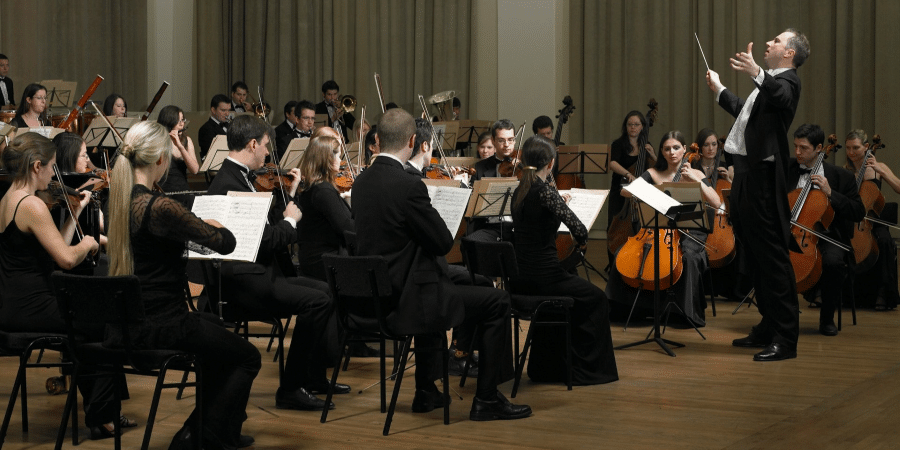In the world of glitz and glamor, fashion and entertainment often go hand in hand. From red carpet events to music videos, the influence of fashion on entertainment, and vice versa, is undeniable. Let’s delve into the intricacies of this symbiotic relationship and explore how it shapes the trends we see on screens and runways alike.
The Influence of Fashion on Entertainment
Fashion plays a pivotal role in shaping the characters we see on television and in movies. Costume designers meticulously select attire to reflect the personality, era, and storyline of each character. Whether it’s the sleek suits of James Bond or the iconic outfits of Audrey Hepburn, fashion is a powerful tool for storytelling in the entertainment industry.
Moreover, fashion trends often find their way onto the big screen long before they hit the streets. When a popular character dons a particular style, it can spark a craze among viewers who aspire to emulate their favorite stars. This phenomenon not only drives consumer demand but also reinforces the interconnectedness of fashion and entertainment.
Entertainment’s Impact on Fashion
Conversely, entertainment has a profound impact on the world of fashion. Celebrity endorsements, red carpet appearances, and music videos serve as powerful platforms for designers to showcase their latest collections. A single mention or appearance by a well-known personality can catapult a designer or brand into the spotlight, instantly elevating their status within the industry.
Additionally, collaborations between entertainers and fashion labels have become increasingly common. From clothing lines inspired by beloved TV shows to collaborations between musicians and sportswear brands, these partnerships blur the lines between entertainment and fashion, creating new avenues for creative expression and brand promotion.
Contrarian View: Is the Collaboration Sustainable?
While the collaboration between fashion and entertainment undoubtedly yields mutual benefits, some argue that it may not be sustainable in the long run. Critics point to the industry’s reliance on consumerism and fast fashion, which often prioritize quantity over quality and perpetuate harmful environmental practices.
Moreover, the pressure to constantly innovate and stay relevant in both industries can lead to creative burnout and an overemphasis on superficial trends. As consumers become more conscious of the ethical and environmental implications of their purchasing decisions, the fashion and entertainment industries may need to reevaluate their approach to collaboration.
Summarizing the Relationship
In conclusion, the relationship between fashion and entertainment is a dynamic and multifaceted one. While each industry brings its own unique strengths to the table, their collaboration has become increasingly intertwined in today’s media landscape. From influencing on-screen characters to shaping consumer trends, the impact of fashion and entertainment resonates far beyond the runway and the silver screen. However, it is essential for both industries to balance creativity with sustainability and to remain mindful of the broader societal implications of their collaboration.
















